Photos: Viking-Age Fortress Unearthed in Denmark
Viking history
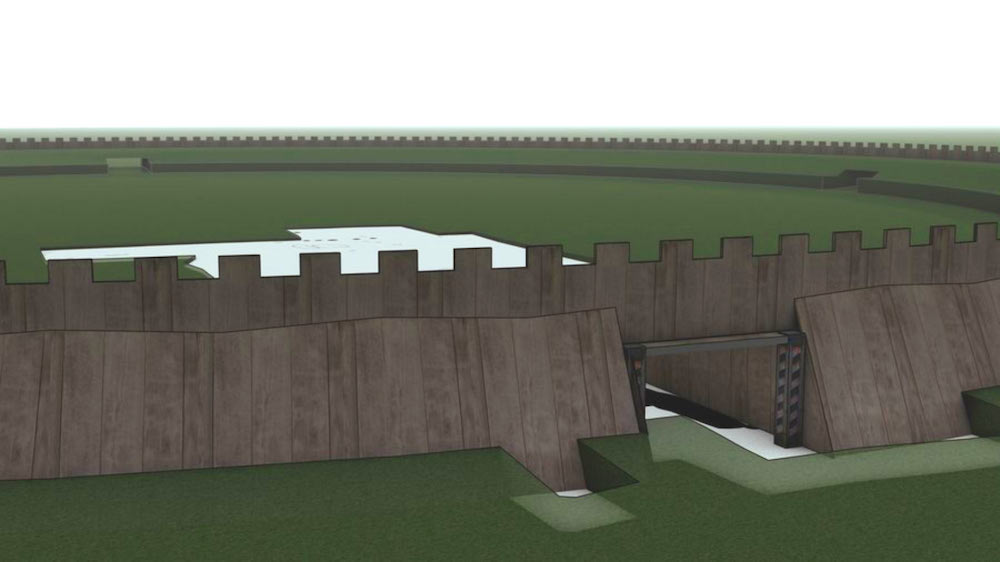
Archaeologists are uncovering the mysteries of a Viking-age fortress at Borgring, on the island of Zealand in eastern Denmark, which is thought to have been built late in the 10th century by the Danish king Harald Bluetooth.
Until a few years ago, just four of these distinctive "ring forts" were known, located in different parts of the country. The remains of a fifth ring fort, at Borgring, were found in 2014 by archaeologists from Denmark's Aarhus University. It is the first to be found in more than 60 years, according to the researchers.
This image shows a 3D digital reconstruction of the northern gatehouse and rampart at Borgring, based on data gathered at the site by archaeologists. [Read full story about the Viking-age fortress]
Bluetooth's forts
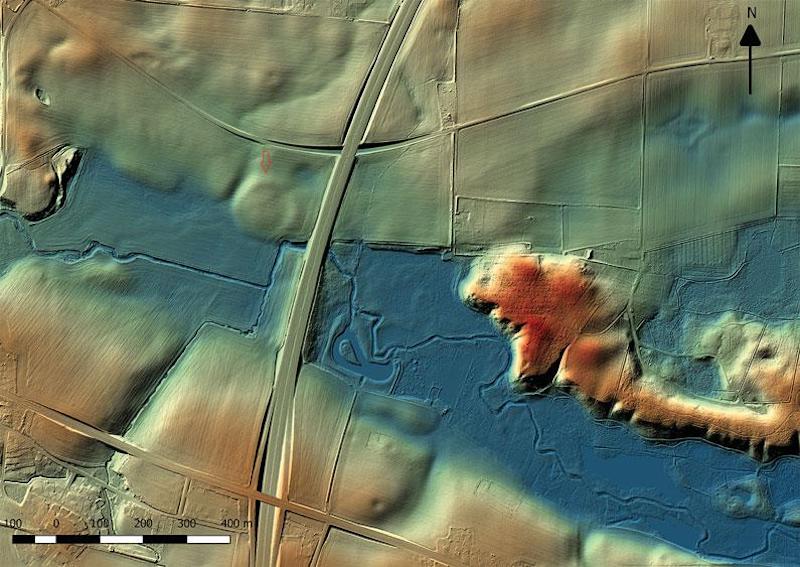
Archaeologists had known of an archaeological site near Borgring since the 1970s, but it wasn’t recognized as one of Bluetooth's network of 10th-century ring forts. But in 2014, the distinctive ring shape of the fortress was spotted in aerial Lidar imagery published by the Danish government.
Ring shape
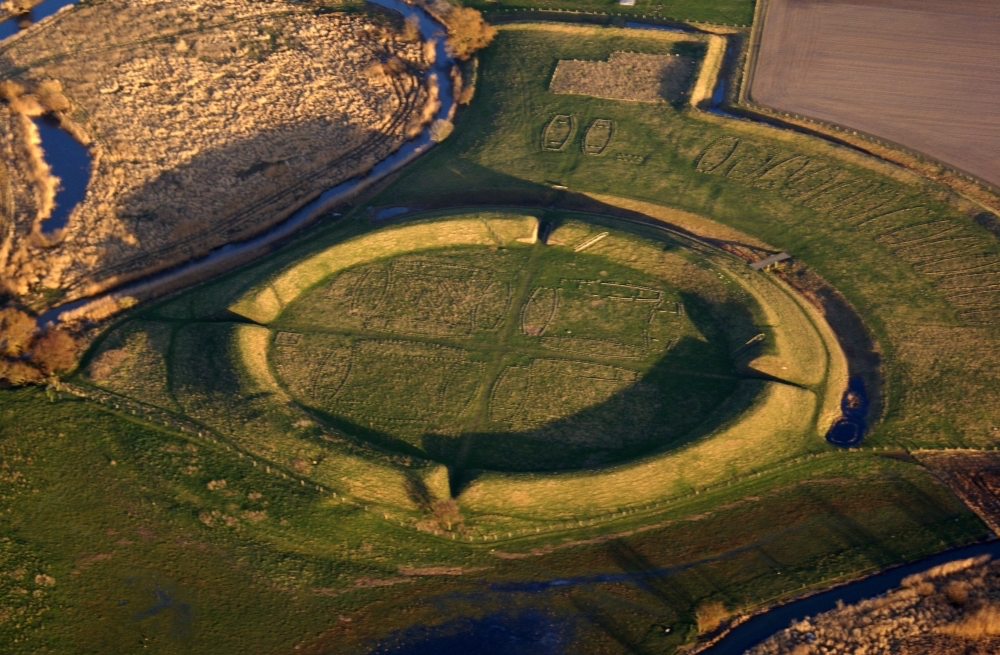
One of the best-known Bluetooth ring forts in Denmark is at Trelleborg, on the island of Zealand.
Each of the ring forts built by Bluetooth in different parts of the country followed the same pattern of circular earthworks and wooden ramparts, with gateways at the four cardinal points of the compass. The gateways were connected by a crossroad paved with wooden planks.
Looking underground

The site of the former fortress is now farmland, which has been plowed and cultivated for around 1,000 years. Only slight changes in the elevation of the ground remain on the surface, but a geophysical survey has revealed the remains of the wooden structures underground.
Get the world’s most fascinating discoveries delivered straight to your inbox.
Dig site
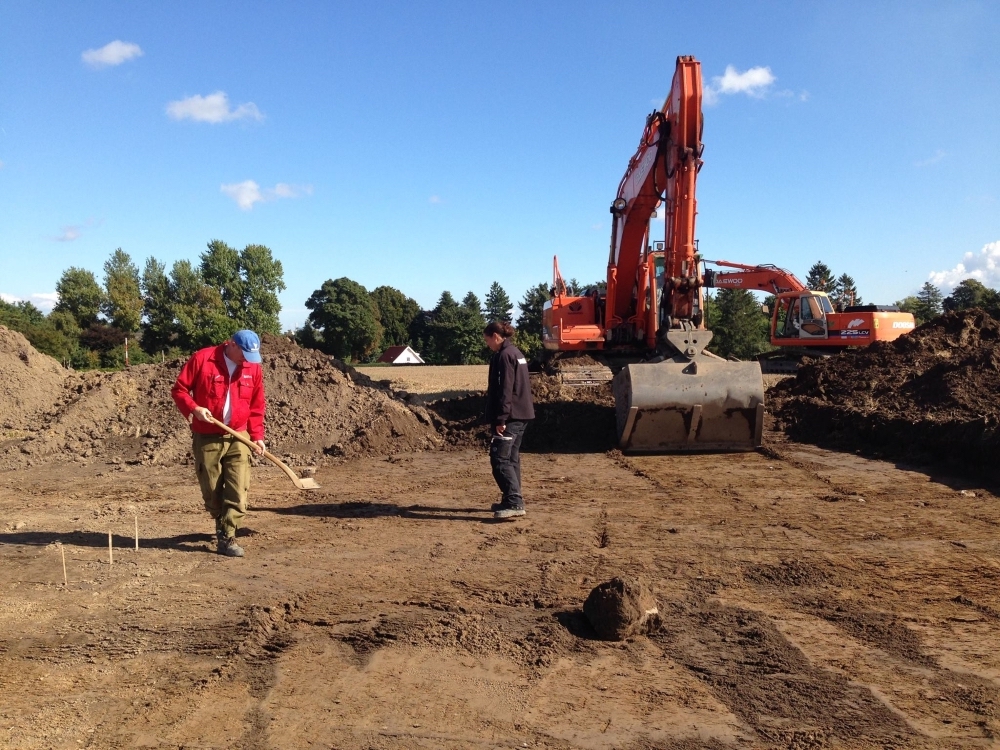
Based on the layout of the fortress revealed by the geophysical survey, archaeologists from the Danish Castle Center and Aarhus University have carried out excavations at the Borgring site each summer for the past three years.
Eastern gatehouse
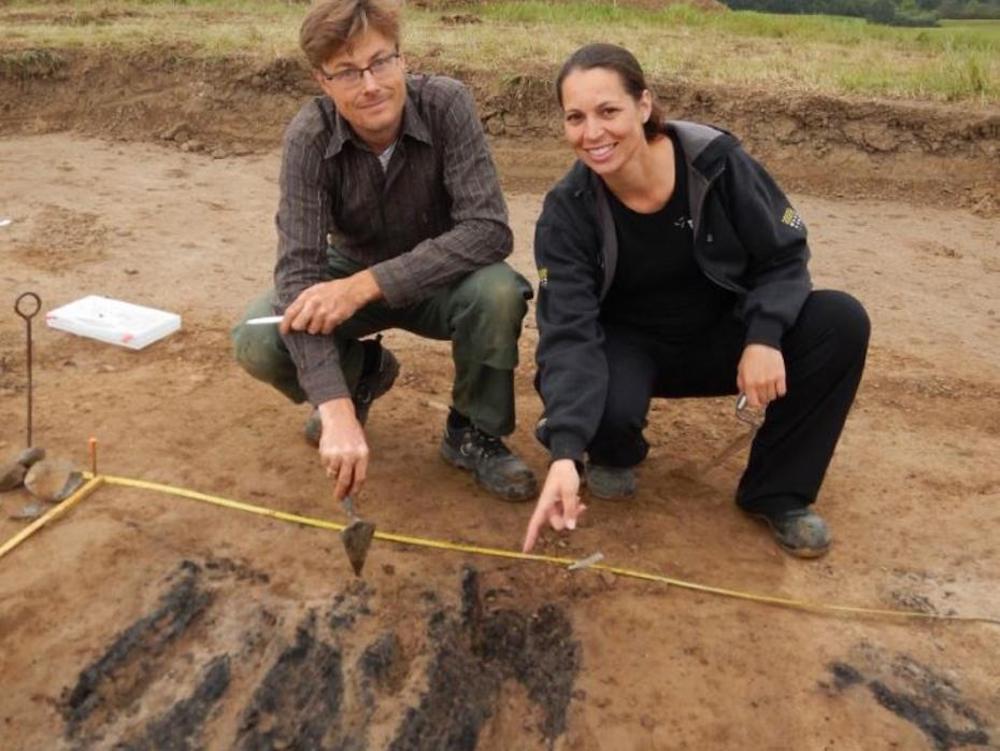
In 2016, archaeologists excavated the eastern gatehouse of the fortress, which appears to have been used as a workshop sometime after the fortress ceased to be used as a military site. This photograph shows archaeologists Søren Sindbæk (left), of Aarhus University, and Nanna Holm, of the Danish Castle Center, with wooden remains from the gatehouse.
Ancient toolbox
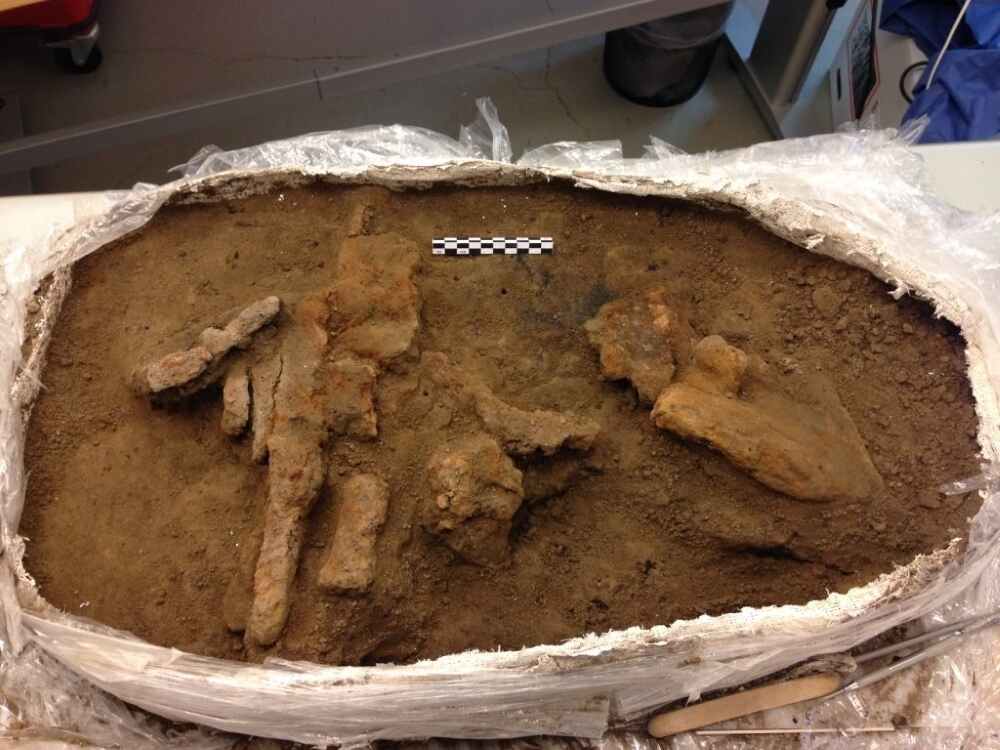
One of the major finds from 2016 at Borgring was a Viking-age toolbox, which was discovered in the remains of the eastern gatehouse. The wooden box had rotted away, but the collection of iron tools that it held remained in place.
Viking tools
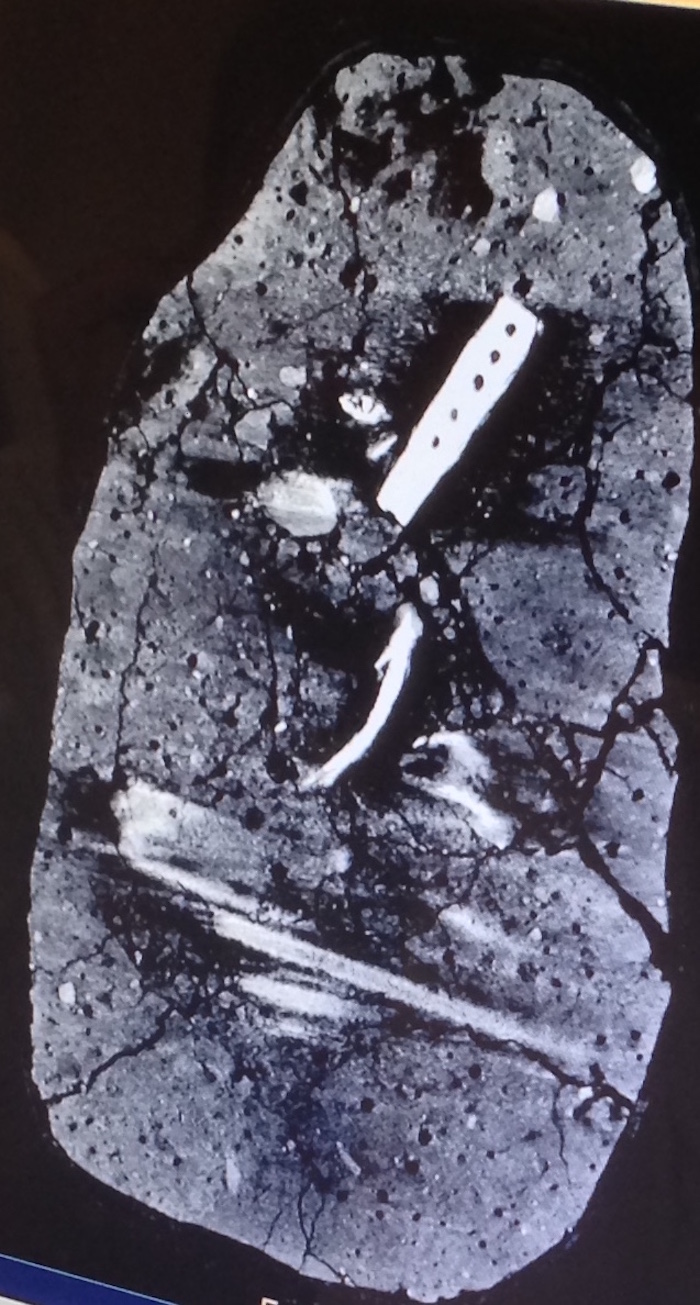
The earth deposit containing the Viking tools was examined with computerized tomography (CT) scanning equipment at a local hospital before the individual tools were excavated from the deposit. They included spoon drills for drilling holes in wood and a drawplate with holes that would have been used for making fine metal wires.
Viking community?
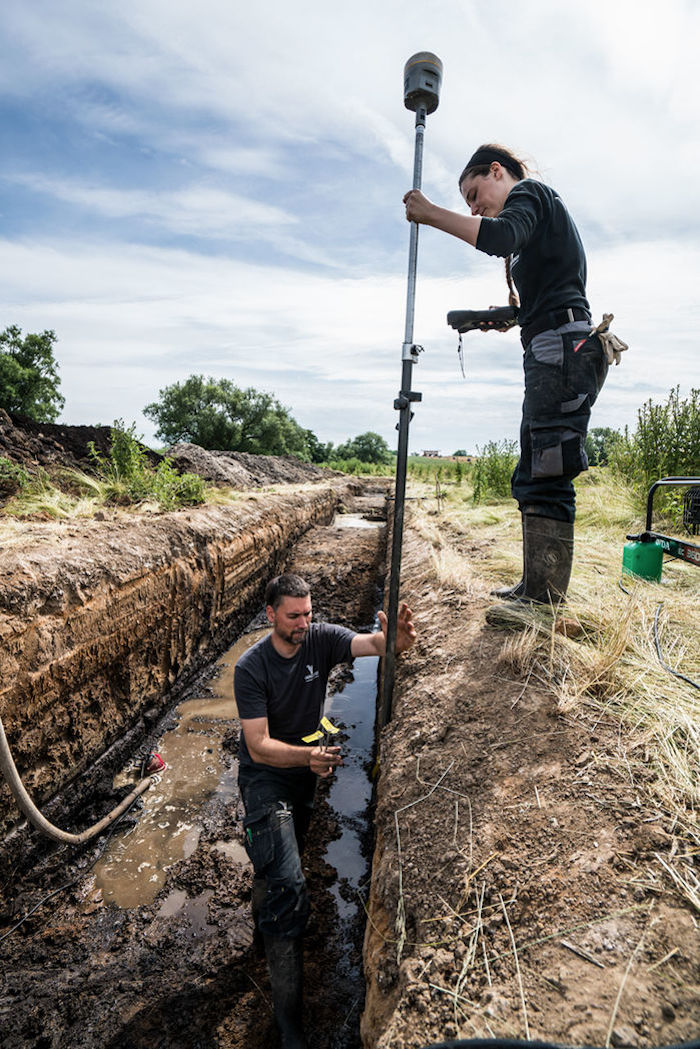
The excavations at Borgring are ongoing. This summer, archaeologists searched for human settlements around the fortress, but no houses or other signs of habitation have been found so far.
Date of construction
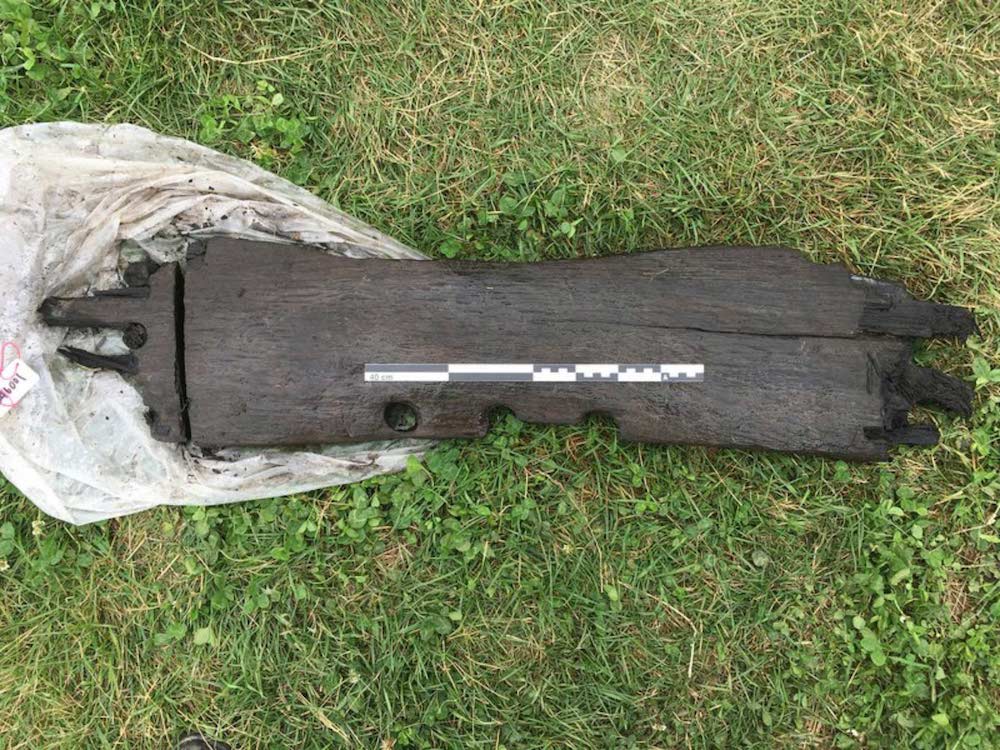
A key discovery in this year’s excavations was a shaped plank of oak wood drilled with several holes. The researchers have not been able to determine what it was used for, but the tree growth rings in the oak have been used for dendrochronological dating.
The dating study shows that the plank was shaped from a tree felled after the 960s, which places the date of the construction of the Borgring fortress at the same time as other Bluetooth ring forts that were built in Denmark.
Tom Metcalfe is a freelance journalist and regular Live Science contributor who is based in London in the United Kingdom. Tom writes mainly about science, space, archaeology, the Earth and the oceans. He has also written for the BBC, NBC News, National Geographic, Scientific American, Air & Space, and many others.


